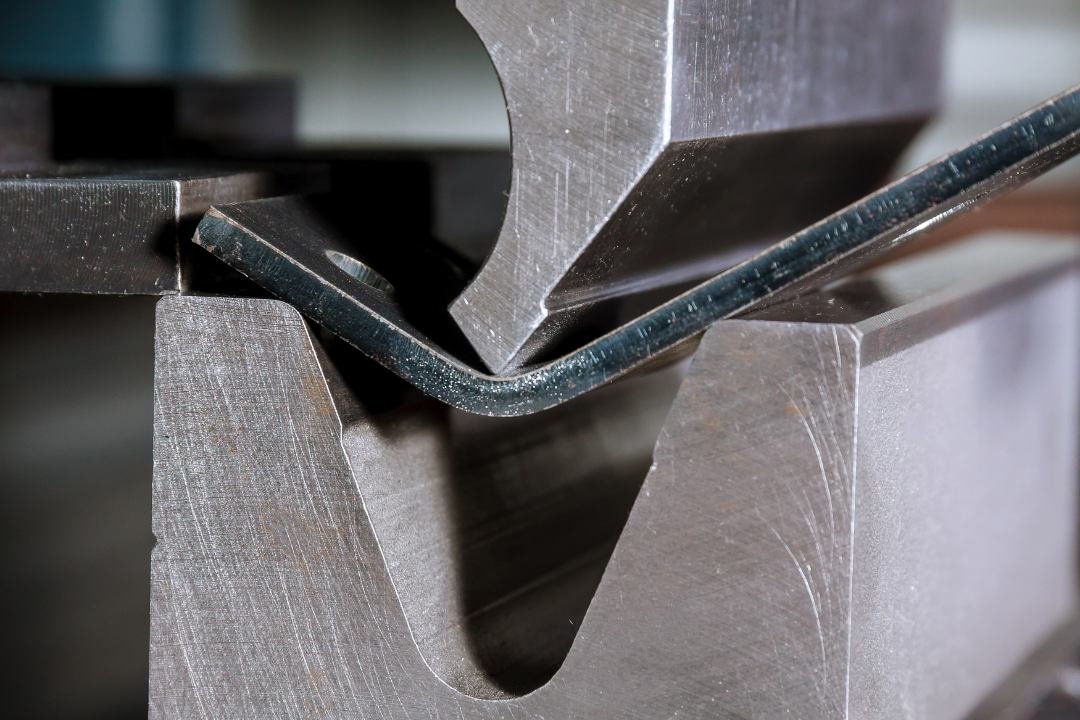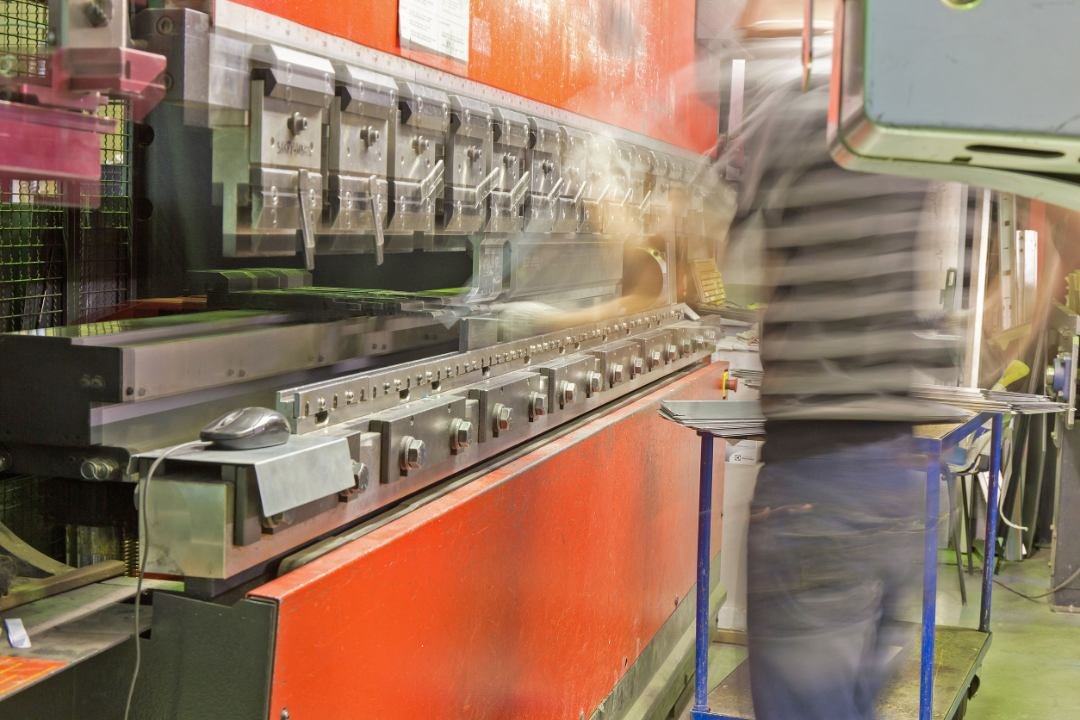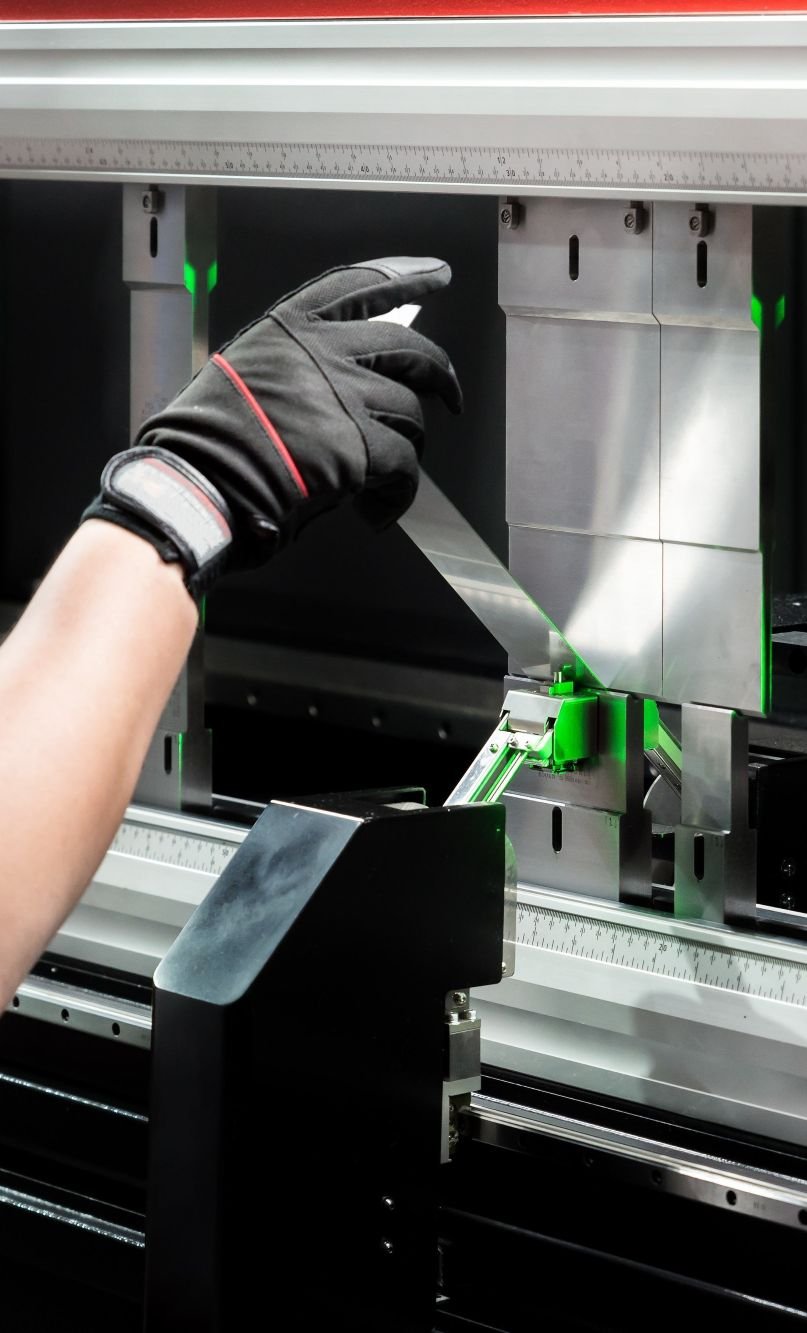Sheet Metal Bending and Folding
Precision and Versatility in Metal Processing
Bending and folding sheet metal is one of the core techniques in metal fabrication, enabling a wide range of applications across various industries. These processes are essential for transforming flat sheets into complex, three-dimensional shapes used in countless products and components. From simple angles to complex geometries, bending and folding offer the flexibility and precision that modern manufacturing processes demand.

What is Bending and Folding?
Bending and folding are cold forming processes in which flat sheets are shaped under pressure to achieve a specific form. In folding, the sheet is bent along a straight line to create a precise fold, typically done using a press brake. The sheet is placed between a punch and a die, and as the punch is lowered, the sheet is pressed into the desired shape.
Bending refers more broadly to various techniques, including roll bending, rotary bending, or round bending, which allow the sheet to be bent into different angles or curves without compromising the material’s structural integrity.
Advantages of Bending and Folding in Sheet Metal Processing
Bending and folding offer several advantages, making them indispensable techniques in modern metalworking:
High Precision and Repeatability
One of the greatest benefits of folding is the ability to create precise angles and shapes with high accuracy. Modern CNC-controlled press brakes allow for the repeated production of even complex bent parts with tight tolerances. This is critical in industries like automotive and aerospace, where precision is essential.
Versatility
These techniques are highly versatile and can be applied to a wide range of materials and applications. Whether working with thin sheets or thick plates, the process is ideal for metals such as steel, stainless steel, aluminum, copper, and brass. This flexibility allows the production of a broad spectrum of products, from simple components to complex custom solutions.
Cost-Effectiveness
Compared to other forming methods, bending and folding are cost-effective, especially for small to medium series production. Tooling costs are relatively low, and production times can be significantly shortened through the use of modern machinery, making this process attractive for projects requiring fast market entry.
Material Conservation
Since bending and folding are cold-forming processes where the material is not heated, the metal’s structure remains largely intact. This means the material retains its mechanical properties, resulting in high-quality, durable components. Additionally, the risk of material defects such as cracks or fractures is minimized.
Our Capabilities – Folded Parts up to 8000 mm in Length
We are capable of producing folded parts up to an impressive length of 8000 mm. This allows us to manufacture large and complex components in a single operation, reducing production times and increasing the precision and quality of the parts. Our modern press brakes are designed to ensure the highest accuracy and repeatability, even for large dimensions.
This capability is particularly beneficial for industries requiring large-scale components, such as construction, mechanical engineering, or the production of special structures. By folding long sheets in one piece, we can provide seamless, precise components that meet the highest standards of quality and dimensional accuracy.

The Future of Bending and Folding
Bending and folding techniques are continually evolving, especially through the integration of new technologies and automation. CNC-controlled machines, optimized by artificial intelligence, are further enhancing the precision and efficiency of the process. In addition, the use of modern materials and innovative tooling technologies allows for the production of even more complex and higher-quality components.
With the growing focus on sustainability in industry, material efficiency in bending and folding is becoming increasingly important. Reducing material waste and the possibility of using recycled metals contribute to a more environmentally friendly production process.

Conclusion
Bending and folding sheet metal are essential techniques in metalworking, offering high precision, versatility, and cost-effectiveness. With the ability to produce folded parts up to 8000 mm in length, we can manufacture large and complex components with the highest quality and dimensional accuracy. This flexibility makes the process indispensable for a wide range of industries, from construction and automotive to mechanical engineering and aerospace. Through continuous innovation and the integration of modern technologies, bending and folding will remain central to metal processing in the future.
